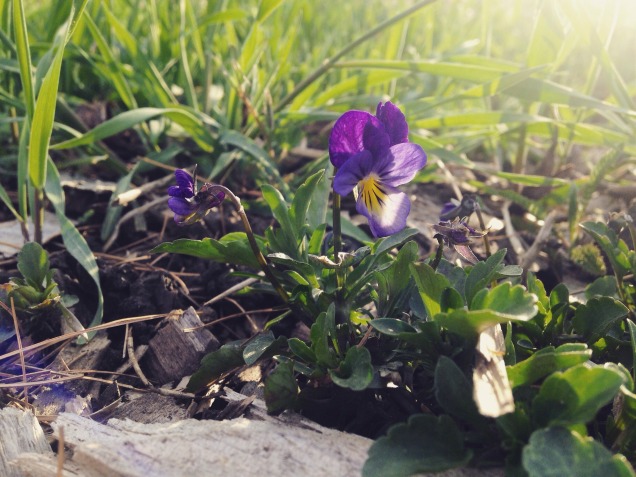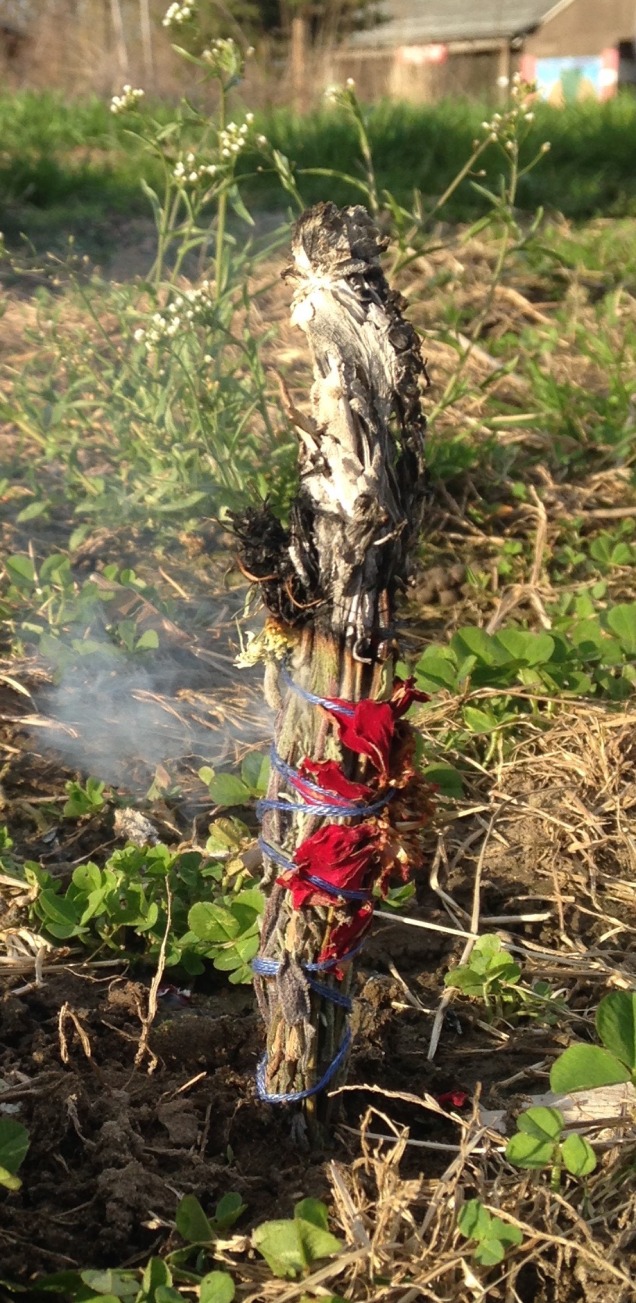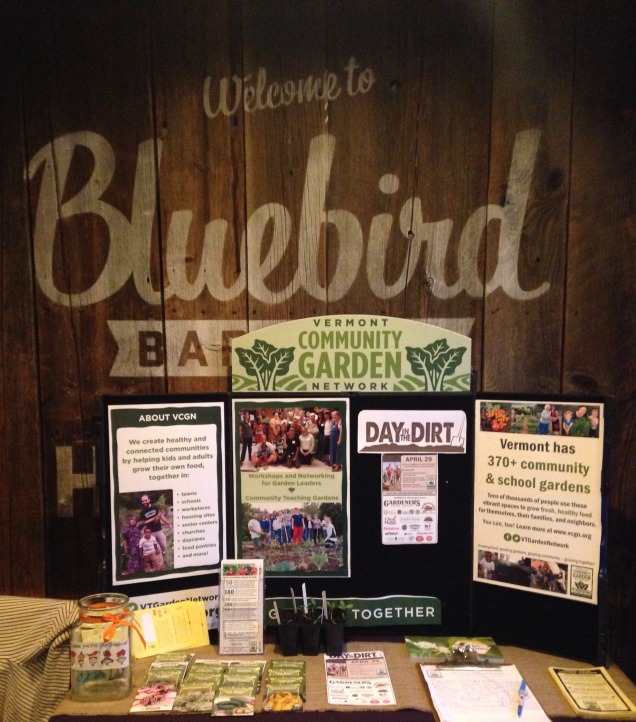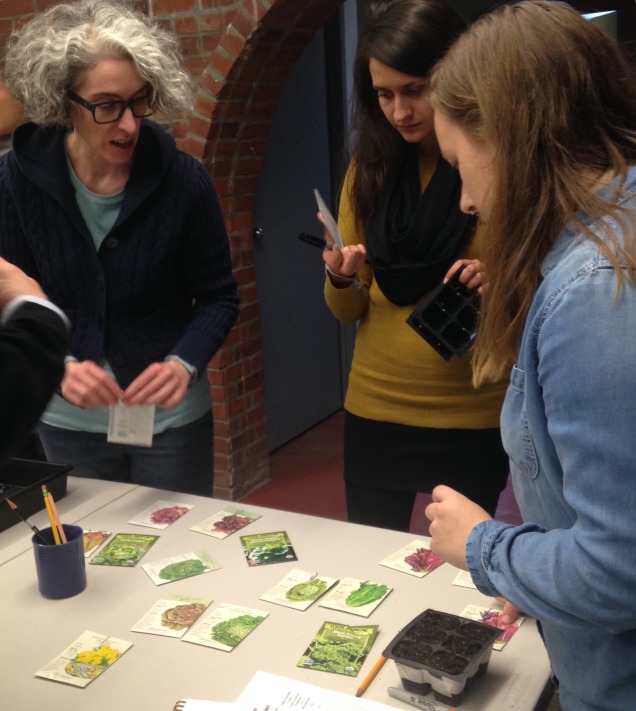In one of the most anticipated classes of the season, this week the students in VCGN’s Teaching Garden Advanced Course had their first night in the garden! Our focus for the evening was on orientation, preparing our beds to transplant our seedlings, and on examining some principles behind nutrient-dense gardening. In the garden, we were greeted by warm weather, some early spring blooms like the Johnny Jump Ups below, and the sight of a single fox meandering to and fro.

After getting rained out the previous week, we were delighted to be in the space where we will working intensively over the next several months. While about half of the students in the course had their plots at Tommy Thompson Community Garden last year, the remaining students came from the community gardens at the Ethan Allen Homestead. After going over the general layout of the garden and looking over some of the shared spaces, we joined together to set intentions for the upcoming season and passed a smudge stick around our circle.

Our homework for the night was to read an article from Mother Earth News on restoring soil nutrients as well as review a chapter on nurturing vegetable-friendly soil from The Vegetable Gardener’s Bible. These resources were intended to get us thinking about how we can support nutrient-dense soil and encourage happy, healthy plants and a bountiful harvest. After reviewing our readings, we divided into groups and compared some soil tests from our shared gardens and students’ home gardens. Finally, we created a nutrient rich blend to integrate into our soil including: Pro-gro organic fertilizer, bone char, green sand, k-mag, compost, azomite, copper, zinc and boron.
Our final task of the evening was to begin preparing our beds. Over the weekend, we have been slowly hardening our cold-hardy seedlings by introducing them to cooler weather, wind, and other outdoor elements. We are eager to get these plants in the garden next class, and there’s a lot of work to do preparing the soil! Students added 10-15 buckets of compost to their plots and used lots of muscle and grit to integrate it into the soil. Students whose beds had cover crop over the winter will return to the garden several times this week to make sure their beds are thoroughly hoed and that the cover crop is broken down and well-integrated.
Our garden got some additional love this weekend thanks to the hard-working team of volunteers who attended Day in the Dirt! They cleaned out our communal beds, installed a fence to keep deer out, and mulched many of our pathways. A great time was had by all and our next post will focus on some stories from VCGN students and volunteers.












